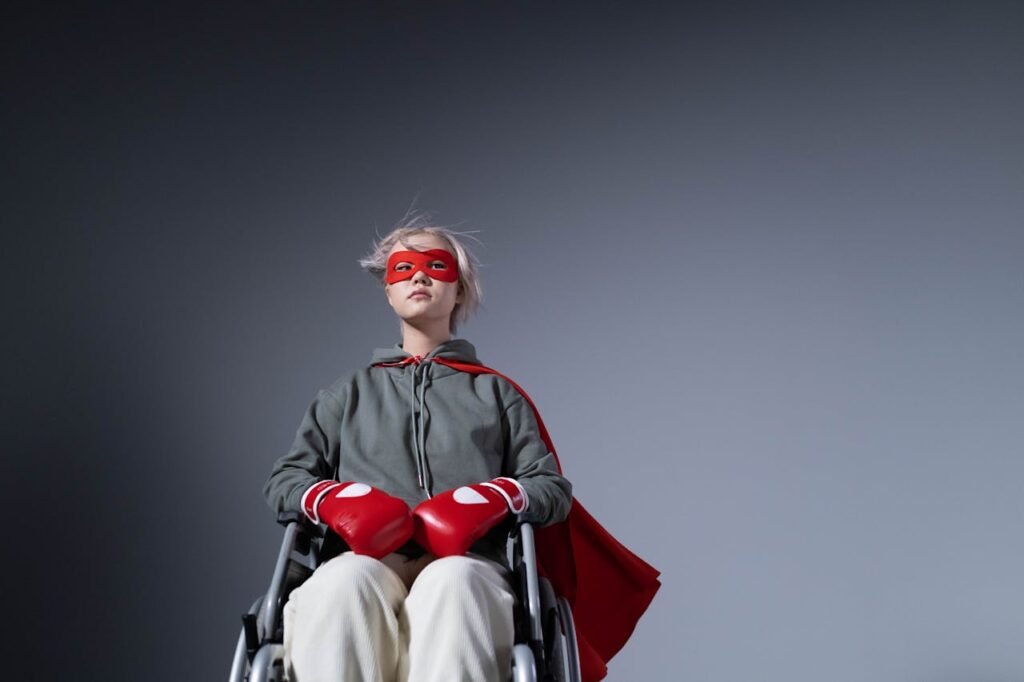Action films thrive on spectacle—fast-paced chases, dramatic fight scenes, and larger-than-life heroes. Over the years, filmmakers have found innovative ways to incorporate prosthetic limbs into these stories, transforming them from simple assistive devices into powerful symbols of strength, resilience, and even weaponized enhancements. Whether it’s a cybernetic arm crushing steel or a high-tech leg allowing superhuman agility, prosthetic heroes are becoming more common in modern cinema.
But beyond the explosions and high-tech visuals, how do action films portray prosthetics? Are they realistic, or do they misrepresent what real prosthetic users experience? And most importantly, do these portrayals help change public perceptions of prosthetics and disability? Let’s explore how action films use prosthetic heroes—from their stunt-heavy action sequences to their deeper role in storytelling.
The Evolution of Prosthetic Heroes in Action Films
Prosthetic limbs have been part of cinematic storytelling for decades, but their role has evolved significantly. Early films often used them as signs of weakness or revenge, but today, they symbolize power, adaptation, and transformation.
From Tragic Backstories to Empowered Heroes
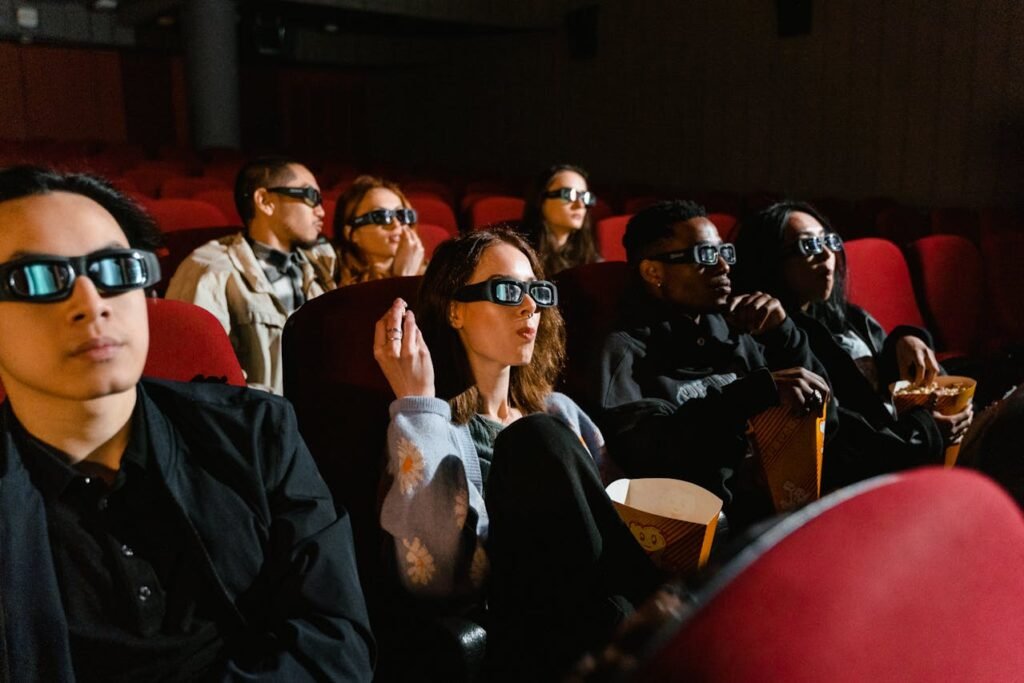
In older action films, characters with prosthetics were often defined by their loss. Their missing limb was a reminder of a tragic past—usually a war injury or an accident that fueled their thirst for revenge. These characters were rarely shown as fully independent individuals. Instead, their prosthetics were often crude, metallic replacements that emphasized their struggles rather than their strengths.
But as technology advanced, so did storytelling. Modern action films no longer focus solely on what a character has lost; they highlight what they can do. Prosthetic limbs are now portrayed as extensions of a character’s identity, giving them unique abilities rather than holding them back. Instead of being defined by their disability, these heroes own their prosthetics with confidence, making them part of their fighting style, personality, and overall character arc.
Blending Realism with Fictional Enhancements
While real-world prosthetics have made incredible advancements, action films often exaggerate them for dramatic effect. High-tech prosthetics in movies feature built-in weapons, superhuman strength, or instant adaptability—elements that make for thrilling action sequences but are far from reality.
For example, in Mad Max: Fury Road, Furiosa’s mechanical arm allows her to fight in intense combat scenes with ease. In The Winter Soldier, Bucky Barnes’ metal arm is not just a replacement but a superpowered enhancement. These portrayals, while exciting, often make audiences believe that prosthetics function as seamlessly as natural limbs, which is not the case in real life.
That said, these fictional enhancements still play a valuable role in making prosthetic users more visible in mainstream media. By presenting prosthetic heroes as strong and capable, action films help remove the stigma that has long surrounded limb loss.
Prosthetic Villains vs. Prosthetic Heroes
For a long time, prosthetics in action films were mostly seen on villains. Characters like Dr. No (James Bond) or the Terminator (The Terminator series) used their artificial limbs as tools of destruction, reinforcing the idea that prosthetics were unnatural or menacing.
But recent films have shifted the narrative, placing prosthetics on heroes rather than just villains. Today’s audiences are more likely to see a protagonist with a robotic limb than a stereotypical “evil cyborg.” This shift is important because it helps reframe the way society views prosthetic users—not as something to be feared, but as individuals who can be just as heroic, skilled, and capable as anyone else.
The Role of Stunts: How Prosthetic Characters Move in Action Scenes
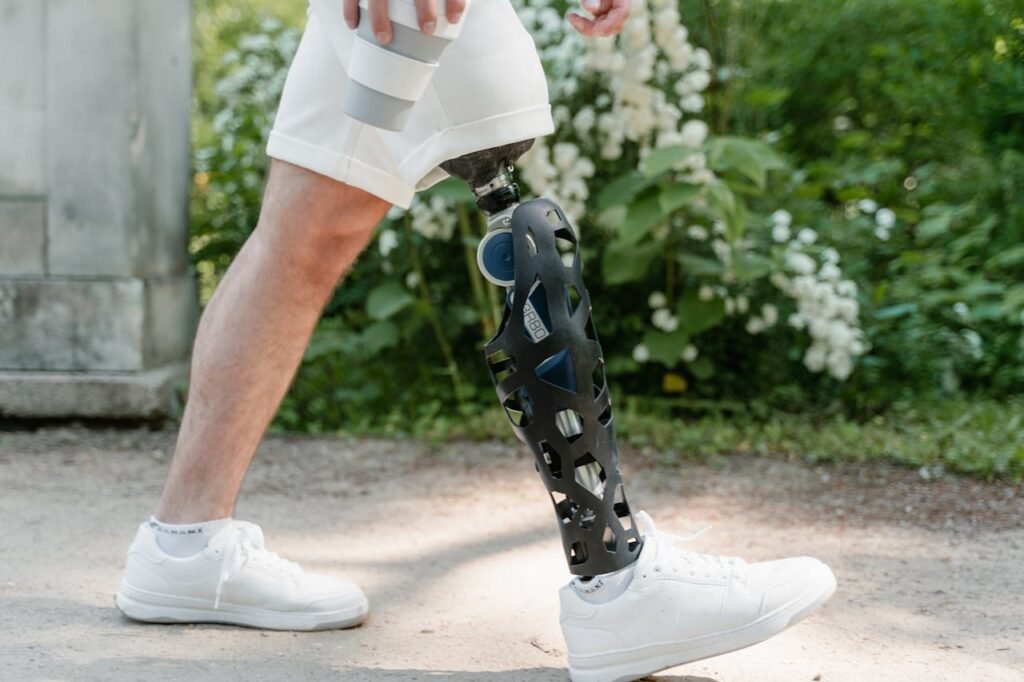
The action genre is defined by movement, and incorporating prosthetic characters into stunt-heavy sequences presents both opportunities and challenges for filmmakers.
Choreographing Fights with Prosthetic Limbs
Action films often feature complex fight choreography, where every move is planned down to the smallest detail. When a character has a prosthetic limb, the way they fight must reflect their unique abilities. Some films use prosthetics to enhance combat, while others try to maintain a level of realism.
For instance, in The Winter Soldier, Bucky Barnes’ metal arm is used for offense and defense, allowing him to block bullets and deliver devastating punches. His fight style is built around his prosthetic, making his movements feel powerful and strategic. Similarly, in Alita: Battle Angel, the protagonist’s entire fighting style is adapted to her cybernetic limbs, creating a fluid, fast-paced style that blends human motion with machine precision.
Real-life prosthetic users, however, must learn to adapt their movement in a different way. While some modern prosthetics do provide enhanced grip, stability, and flexibility, they do not offer the extreme strength or speed seen in films. Stunt coordinators working on action films must balance fiction with realism, ensuring that fight sequences remain believable while still delivering excitement.
The Challenges of Filming with Prosthetic Effects
Bringing prosthetic characters to life in action films requires a mix of practical effects, CGI, and sometimes even stunt doubles with real prosthetic limbs. Some films rely on visual effects to enhance movements or add mechanical details, while others use real prosthetic-wearing actors for authenticity.
For example, in Furiosa: A Mad Max Saga, Charlize Theron’s character wears a mechanical arm that was created using a combination of practical props and CGI. The filmmakers carefully studied how her character would use the prosthetic in battle, ensuring that it looked natural in high-speed action scenes.
This approach not only makes the character more believable but also educates audiences about the different ways prosthetic users adapt to physical challenges. It bridges the gap between fiction and reality, making prosthetic heroes feel both powerful and relatable.
Stunt Doubles and Real Prosthetic Users
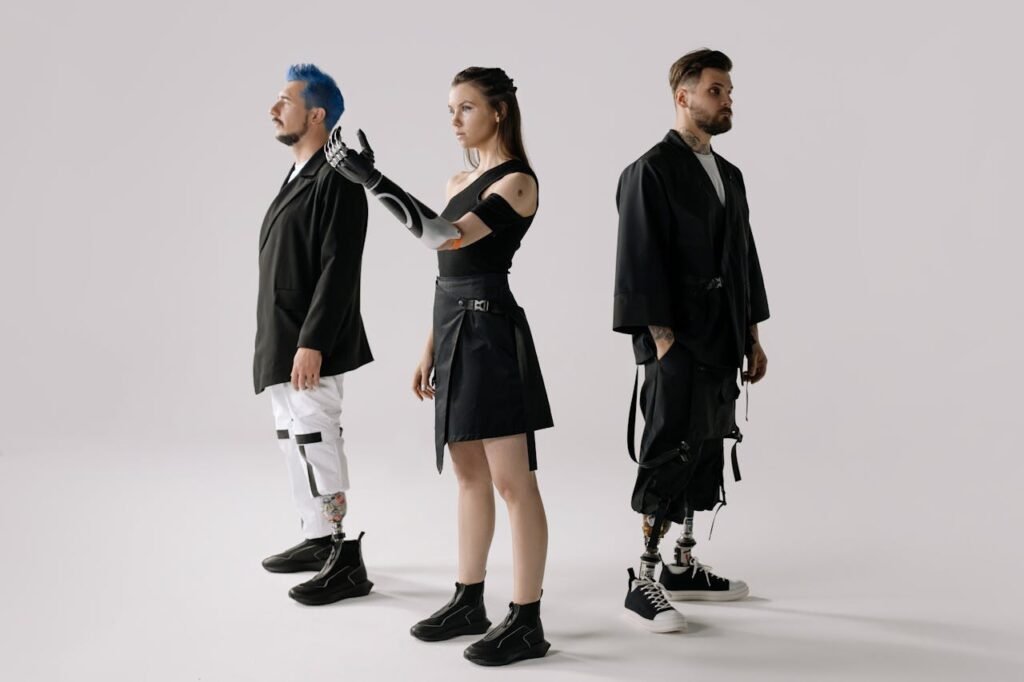
Some action films have taken representation a step further by hiring real prosthetic users for stunt work. This adds authenticity to the way these characters move, fight, and interact with their environment.
Films like Kingsman: The Secret Service featured actress and double amputee Sofia Boutella, whose unique movement brought depth to her character, Gazelle. In Skyscraper, Dwayne Johnson’s character, who has a prosthetic leg, was developed with input from real-life amputees to ensure accuracy.
This level of authenticity not only makes the characters more compelling but also opens doors for more actors with disabilities to work in action films. As Hollywood continues to embrace diverse casting, we can expect to see more prosthetic-wearing performers taking on lead roles.
How Action Films Influence Public Perception of Prosthetics
The way prosthetic users are portrayed in films shapes how society sees them in real life. Action movies, in particular, have the power to challenge stereotypes and redefine what it means to have a prosthetic limb.
Normalizing Prosthetics in Pop Culture
Seeing a hero with a prosthetic limb on the big screen helps normalize disability and limb difference. When these characters are portrayed as strong, independent, and highly skilled, it changes the way audiences view prosthetic users in the real world.
Children who grow up watching characters like Furiosa or Bucky Barnes see prosthetics as part of everyday life rather than something unusual. This representation is crucial in breaking down barriers and fostering greater inclusivity in media and society.
Raising Awareness About Prosthetic Advancements
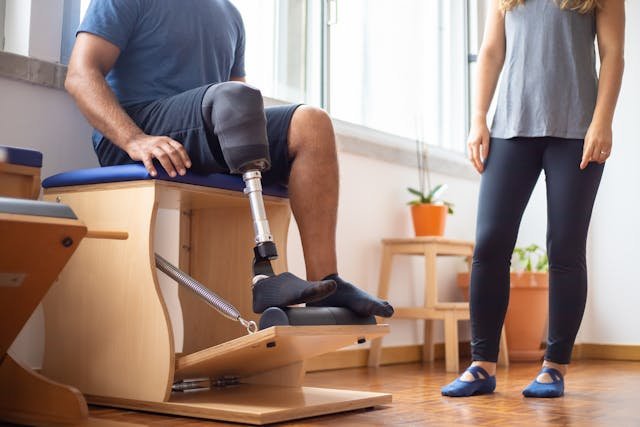
While action films exaggerate what prosthetics can do, they still spark curiosity about real-world advancements. Audiences who see a high-tech bionic arm in a movie may later learn about real prosthetic technologies, such as myoelectric hands or 3D-printed limbs.
At Robobionics, we recognize the importance of awareness in driving innovation. The more people are exposed to prosthetics in media, the more likely they are to support advancements in accessibility, funding, and research.
The Future of Prosthetic Heroes in Action Films
As the action genre evolves, so does the portrayal of prosthetic heroes. With advancements in filmmaking, special effects, and prosthetic technology itself, the future of these characters looks brighter than ever.
Greater Authenticity in Storytelling
The demand for more realistic and nuanced depictions of prosthetic users is growing. Audiences no longer accept one-dimensional portrayals that focus solely on loss or revenge. Instead, they want stories that reflect real experiences—both the challenges and triumphs of living with a prosthetic limb.
Filmmakers are responding by consulting real prosthetic users and experts when creating characters. Instead of treating prosthetics as mere gadgets, they are beginning to explore the emotional, psychological, and practical aspects of using them. This shift allows for deeper, more meaningful storytelling, where prosthetic-wearing characters are fully developed rather than defined by their disability.
For example, future action films might focus on a protagonist’s journey of adapting to a new prosthetic, showcasing the rehabilitation process, the learning curve, and the frustrations that come with it. These stories can be just as gripping and inspiring as the high-energy action sequences that follow.
More Representation in Casting and Production
One of the most exciting developments is the inclusion of real prosthetic users in film production. While Hollywood has traditionally relied on able-bodied actors playing amputees, the industry is slowly opening up opportunities for performers with limb differences.
Casting disabled actors in lead roles not only adds authenticity but also provides real representation. It allows prosthetic users to tell their own stories, rather than having their experiences interpreted by actors who have never lived through them.
In addition to casting, we are also seeing more behind-the-scenes involvement from prosthetic designers, engineers, and consultants. These experts ensure that prosthetic heroes are portrayed in a way that is both exciting and respectful, pushing back against outdated stereotypes while embracing innovation.
Blurring the Line Between Fiction and Reality

The rapid development of prosthetic technology means that what once seemed like science fiction is becoming reality. While action films exaggerate prosthetic capabilities for entertainment, they also inspire real-world innovation.
For example, the idea of a fully integrated, mind-controlled bionic arm was once only seen in movies. But today, researchers are making significant progress in neural-controlled prosthetics that respond to muscle signals and even provide sensory feedback. The boundary between what’s possible in Hollywood and what’s possible in the real world is getting smaller.
At Robobionics, we believe that the future of prosthetic technology should be shaped not just by necessity but by ambition. If action films can spark curiosity and excitement about what prosthetics can achieve, they can play a role in driving real advancements.
Bridging the Gap: How Hollywood and Prosthetic Innovators Can Work Together
As action films continue to feature prosthetic heroes, there is an exciting opportunity for collaboration between the film industry and real-world prosthetic manufacturers. By working together, filmmakers and innovators can ensure that prosthetic portrayals remain both exciting and educational while pushing the boundaries of what is possible in real life.
Consulting Experts for Accurate Portrayals
One of the best ways to create more realistic prosthetic characters is to involve real prosthetic users and experts during the scriptwriting and production process. Hollywood has made great strides in hiring disability consultants for films involving wheelchair users and deaf characters, but prosthetic technology is often still misunderstood or exaggerated.
By working closely with prosthetic manufacturers like Robobionics, filmmakers can create action heroes whose prosthetic limbs reflect real-world advancements. Whether it’s understanding the mechanics of movement, the challenges of adaptation, or the daily maintenance of a prosthetic, these insights can add depth and authenticity to a character’s journey.
For example, instead of portraying a character instantly mastering a high-tech bionic arm, a film could show the rehabilitation process, the learning curve, and the emotional impact of adjusting to a new limb. These details don’t take away from the excitement of an action film—in fact, they add realism and make the character even more compelling.
Using Film to Showcase Emerging Prosthetic Technology

Action movies have long been a place where futuristic technology is imagined, and prosthetics are no exception. However, instead of purely fictionalizing prosthetic enhancements, filmmakers can use real-world developments as inspiration.
Many prosthetic manufacturers are working on cutting-edge technology, from mind-controlled limbs to 3D-printed, fully customizable prosthetics. Instead of creating entirely fictional devices, movies could highlight real innovations that are already being developed or tested. This would not only make action films feel more grounded in reality but also raise awareness about the rapid advancements in prosthetic design.
For instance, showcasing a hero using a real myoelectric prosthetic hand with AI-assisted grip technology would be just as visually stunning as a completely fictionalized cybernetic limb. But the difference is that audiences would walk away knowing that such technology actually exists and is improving lives today.
Creating More Opportunities for Prosthetic-Wearing Actors and Stunt Performers
While CGI and practical effects can make it look like an actor has a prosthetic limb, there is no substitute for real-life experience. The best way to ensure authentic representation is to cast actors, stunt performers, and body doubles who actually use prosthetic limbs.
Filmmakers should consider hiring amputee actors for major roles rather than relying on able-bodied performers who wear fake prosthetics. Not only does this provide better representation, but it also brings a level of authenticity to the physicality of the role.
In action films, stunt performers play a crucial role in bringing fight sequences and chase scenes to life. Hiring amputee stunt actors would allow filmmakers to create truly innovative action sequences that showcase how real prosthetic users move, fight, and adapt. Instead of choreographing fights based on able-bodied movement, these scenes could embrace unique combat styles that incorporate the strengths of prosthetic limbs.
Conclusion
Action films have transformed the way prosthetic limbs are seen in pop culture. Once used as symbols of loss or villainy, they are now worn by some of the most powerful and inspiring heroes on screen. These portrayals have helped normalize prosthetics, challenge stereotypes, and inspire technological innovation.
But there is still work to be done. As storytelling evolves, filmmakers have the opportunity to push representation further, making prosthetic heroes more authentic, diverse, and reflective of real experiences. By casting real prosthetic users, consulting experts, and creating complex, fully developed characters, Hollywood can continue to reshape perceptions in a meaningful way.
At Robobionics, we celebrate the growing presence of prosthetic heroes in film and the impact they have on audiences worldwide. Whether in fiction or reality, prosthetic technology is not just about replacing what was lost—it’s about unlocking new possibilities. And as action films continue to embrace these characters, they help show the world that strength, resilience, and heroism come in many forms.



